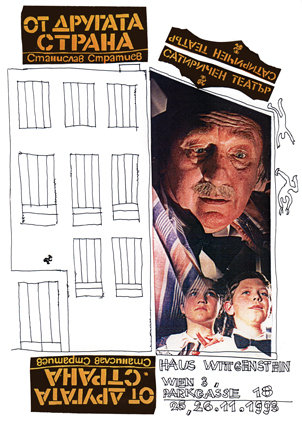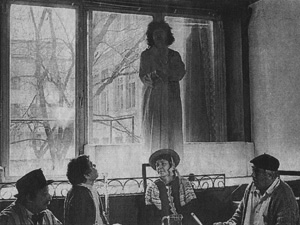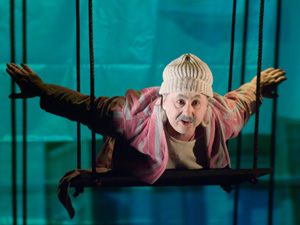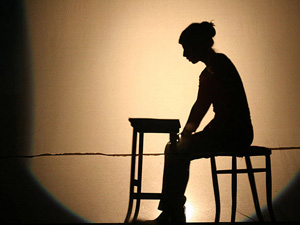On the Other Side
In a city that could be anywhere, the local government decides to authorize the throwing of elderly people out of tall buildings’ windows, since they are a burden to the young and to the municipality. The first scene focuses on the outside perspective, on the enjoyment of the crowd betting how long an old man will be able to hold onto a window sill. But its core is made up of five old people’s monologues: the designated victims. Each character takes the situation differently while waiting for the moment when he or she will be thrown out of the window, hanging on the window sill, or hurtling down in a free fall that will turn into flying. In one case, we learn of the old man’s memories, his treasure of human experience, his lifelong obsession with the dream of flying, the frustration the wind may represent, and a host of details which remind the listeners of the horror of what is happening. Black humour in the play enlivens the old people’s confessions, chilling in their sincerity and hopelessness. In the final monologue, an old woman sits lonely on Christmas Eve, lamenting her family’s inability to come together for the holiday and “serve” her, as she curses the municipal throwing-out service for its inefficiency.





